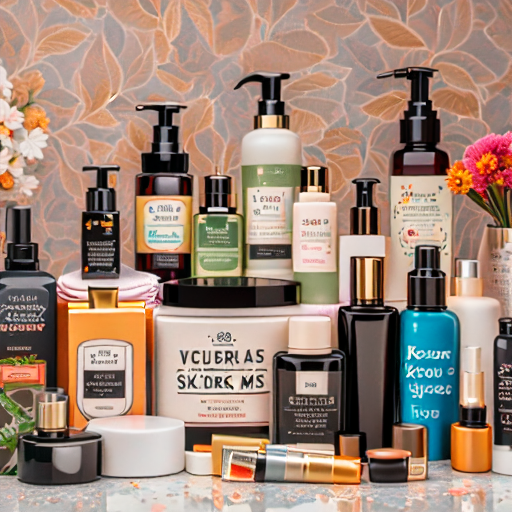My adventure in the world of skincare started like many others: bombarded with social media trends, celebrity endorsements, and the latest ‘miracle’ products promising flawless skin. Enthralled by these glowing promises, I embarked on a journey that, unknown to me, would become a series of misadventures and learning experiences.
It all began with the ’10-step Korean skincare routine.’ Fascinated by the flawless skin of K-pop stars and Korean actors, I dived headfirst into this elaborate routine. Cleansers, toners, essences, serums, masks – you name it, I had it in my arsenal. For a few weeks, my skin seemed to love the attention, but the honeymoon phase didn’t last long. The constant layering of products overwhelmed my skin, leading to breakouts and irritation. I realized, sometimes more is just more, not better.
Next came the allure of ‘DIY natural skincare.’ Influenced by online gurus who touted the benefits of kitchen ingredients, I turned my kitchen into a makeshift lab. Lemon juice, apple cider vinegar, and baking soda became regulars in my skincare routine. However, my skin soon protested. The DIY recipes, which seemed gentle and natural, were harsh and unbalanced for my delicate facial skin. The lesson was clear – just because it’s natural, doesn’t mean it’s good for your skin.
Then there was the charcoal mask phase. Charcoal was the buzzword, and I was convinced it would be the answer to my now problematic skin. But the reality was far from what I expected. Instead of detoxifying, it left my skin dry and peeling. It was a stark reminder that what works for others might not work for me.
Each misadventure brought its share of disappointment, but also valuable insights. I learned that skincare is deeply personal. What’s trending or works for someone else might not be suitable for my skin type and concerns.
One of the most important lessons I learned was the significance of ingredients. Understanding what I was putting on my skin became crucial. I started researching ingredients, understanding their purpose, and how they interacted with each other. This knowledge empowered me to make better choices, rather than blindly following trends.
I also realized the importance of simplicity in skincare. Instead of an extensive routine, I discovered that a few well-chosen products were more effective and less likely to irritate my skin. A gentle cleanser, a hydrating moisturizer, a trustworthy sunscreen, and a targeted treatment product became the staples of my routine.
Listening to my skin became my new mantra. Instead of jumping on every skincare bandwagon, I learned to pay attention to how my skin felt and reacted to products. This approach helped me understand my skin’s unique needs and adjust my routine accordingly.
As my journey continued, I became more skeptical of flashy trends and more confident in my approach. I consulted dermatologists when necessary and invested in products backed by science rather than hype.
In sharing my story, I hope to remind others that skincare should not be about following trends blindly. It’s about understanding and respecting your skin, being aware of what you’re using, and remembering that sometimes, less is more.
Now, my skincare routine is more about consistency and understanding than about keeping up with trends. My skin, once a canvas of irritation and confusion, has found its balance and health. This journey taught me that in skincare, as in life, sometimes you need to filter out the noise and listen to your own needs.
